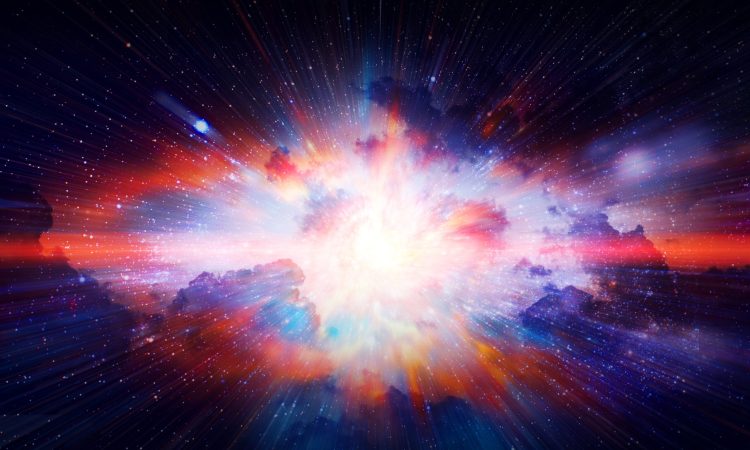
Researchers have adapted an algorithm that mimics the growth of mold to model the large-scale structure of the Universe.
Since the Big Bang, the Universe has been expanding as gravity concentrates matter into galaxies and clusters of galaxies. Between them lie vast expanses of empty space. The structure is often referred to as the cosmic web.
The cosmic web is the largest structure and is made up of filaments of galaxies and dark matter that stretch across the gulf of space. The filaments connect clusters of galaxies with vast gaps between them.
The web-like structure formed as a result of the force of gravity pulling matter together since the beginning of time. Studying the cosmic web helps us reconstruct the evolution of the Universe, how matter is distributed, and the relationship with dark matter.
The largest scale structure in the Universe
It has been known since the early 1980s that the nature of a galaxy and its environmental properties have an impact on how it grows and evolves. The exact nature and how this happens is still the subject of much debate. A team of researchers believe they could have demonstrated it using an algorithm.
The team, led by Farhanul Hasan, Professor Joe Burchett and eight co-authors, published their findings in the Astrophysical Journal. In the paper, they report how the mold algorithm helped unravel the mysteries of the cosmos.
Burchett suggested that the mold algorithm could be used for an astrophysical application. Hasan worked with Burchett and modified the algorithm to help them visualize the cosmic web. The team worked with rendering expert Oskar Elek to use the algorithm, writes .
The mold algorithm was designed to mimic mold that can find its own food by reforming itself into a web-like structure. It took the team several years to complete their work.
The algorithm can help understand how the Universe evolved
The result produced much more detailed discrete structures than the old method, according to Hasan. “I didn’t know how well it would work or not, but I had a hunch that the mold method could tell us much more detailed information about how the density , so I decided to give it a try.”
Among the findings, Hasan and his team found that the impact on galaxies appears to have taken a proverbial turn. In earlier epochs, the growth of a galaxy was stimulated by the proximity of larger structures. In the nearby Universe, and thus in recent cosmological epochs, we observe that the growth of galaxies is in fact limited by their proximity to larger structures.
This was not possible without the modified algorithm. We can now map the gas around the real Universe using the algorithm at several different times to help understand how the network has changed and the Universe has evolved.

